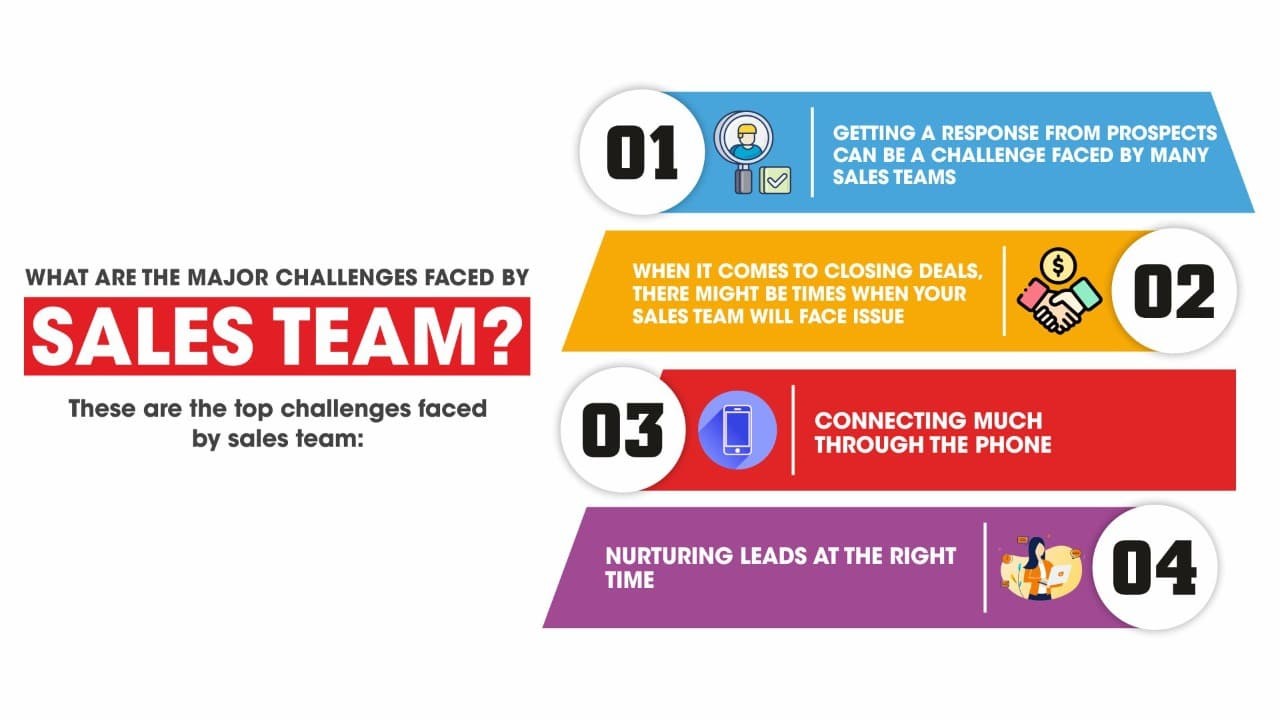Luxury Car Sales In China: Challenges Faced By BMW, Porsche, And Competitors

Table of Contents
The Shifting Sands of Chinese Consumer Preferences
The Chinese luxury car market is not static; consumer preferences are constantly evolving, demanding adaptability from established brands. Understanding these shifts is crucial for success.
- Preference for Electric Vehicles (EVs): The demand for electric and hybrid vehicles is surging in China, driven by government incentives and growing environmental awareness. Luxury brands must invest heavily in EV technology and infrastructure to remain competitive.
- Focus on Technological Features: Chinese luxury car buyers are highly tech-savvy, demanding cutting-edge features like advanced driver-assistance systems (ADAS), infotainment systems, and connectivity options. Brands failing to offer these features risk losing market share.
- Increasing Demand for Personalized Experiences: Luxury is no longer just about the car itself; it’s about the entire ownership experience. Chinese consumers expect personalized services, bespoke options, and exclusive events.
- Influence of Social Media and KOLs (Key Opinion Leaders): Social media and Key Opinion Leaders wield significant influence on purchasing decisions in China. Brands must leverage these platforms effectively to reach and engage their target audience.
This evolution in Chinese luxury car market trends necessitates a proactive approach. Brands like Tesla have successfully capitalized on the demand for EVs in China, while others are struggling to keep pace with technological advancements in luxury cars. Those who fail to adapt to these changing consumer preferences in China risk being left behind.
Intense Competition and Market Saturation
The Chinese luxury car market is incredibly crowded, with established international brands vying for market share alongside rapidly expanding domestic players like Nio, Xpeng, and Li Auto. This intense competition leads to several challenges:
- The Rise of Domestic Chinese Brands: Domestic brands are leveraging their understanding of the local market and offering competitive pricing and features, putting pressure on established players.
- Price Wars: The competitive landscape often results in price wars, squeezing profit margins for all involved.
- Aggressive Marketing Strategies: Brands employ aggressive marketing tactics, making it crucial to stand out and create a strong brand identity.
Maintaining market share in this saturated luxury car market in China demands innovative differentiation strategies. Brands are exploring unique selling propositions, focusing on specific niches, and emphasizing brand heritage and prestige to stand apart from the competition. The competitive pricing strategies employed by both international and domestic brands highlight the cutthroat nature of this segment.
Economic and Geopolitical Factors Impacting Sales
Macroeconomic conditions and geopolitical factors significantly influence luxury car sales in China.
- Fluctuations in the Chinese Economy: Economic slowdowns or uncertainties can directly impact consumer spending on luxury goods, creating volatility in sales projections.
- Impact of Government Regulations: Government regulations, including emission standards and import tariffs, can impact profitability and market access.
- Trade Tensions and Geopolitical Instability: International trade tensions and geopolitical instability can disrupt supply chains and affect consumer confidence.
Navigating these economic and geopolitical risks requires a cautious and flexible approach. Brands must carefully monitor economic indicators, adapt to evolving regulations, and diversify their supply chains to mitigate potential disruptions. The China economy luxury car sales relationship is inextricably linked, highlighting the need for adaptable strategies.
Navigating the Regulatory Landscape and Infrastructure Challenges
China's regulatory environment for automotive sales presents unique challenges:
- Stringent Emission Standards: China has stringent emission standards, requiring significant investment in cleaner technologies.
- Licensing and Import Regulations: Navigating the complex licensing and import regulations can be a bureaucratic hurdle.
- Infrastructure Limitations: The infrastructure for electric vehicles, particularly charging stations, is still developing in certain areas.
- Local Content Requirements: Government policies often prioritize local content, encouraging partnerships with domestic suppliers.
Successfully navigating these automotive regulations in China requires robust compliance strategies and proactive engagement with government agencies. Investment in charging infrastructure and partnerships with local suppliers are essential for long-term success.
Conclusion: The Future of Luxury Car Sales in China – A Look Ahead
The challenges facing luxury car brands in China are multifaceted: evolving consumer preferences, intense competition, economic volatility, and regulatory complexities. However, the market's immense potential remains undeniable. Success requires a deep understanding of the local market, a commitment to innovation, and agile adaptation to changing circumstances. Brands that successfully focus on EVs, enhance their digital marketing efforts, and build strong local partnerships are more likely to thrive.
To further explore the intricacies of luxury car sales in China, delve deeper into the specific strategies employed by individual brands, analyze the evolving consumer behavior within this dynamic market, and consider the impact of governmental policies on the automotive sector. Understanding these nuances is crucial for navigating the complexities and capitalizing on the opportunities presented by this exciting market.

Featured Posts
-
 A Loss For The Community The Passing Of Americas First Nonbinary Individual
May 10, 2025
A Loss For The Community The Passing Of Americas First Nonbinary Individual
May 10, 2025 -
 Uk Visa Crackdown Increased Scrutiny For Nigerian And Other Nationals
May 10, 2025
Uk Visa Crackdown Increased Scrutiny For Nigerian And Other Nationals
May 10, 2025 -
 Who Is Jeanine Pirro Education Net Worth And Professional Achievements
May 10, 2025
Who Is Jeanine Pirro Education Net Worth And Professional Achievements
May 10, 2025 -
 U S And China Seek Trade De Escalation In Crucial Talks
May 10, 2025
U S And China Seek Trade De Escalation In Crucial Talks
May 10, 2025 -
 Representative Ocasio Cortez Attacks Fox News For Trump Coverage
May 10, 2025
Representative Ocasio Cortez Attacks Fox News For Trump Coverage
May 10, 2025
